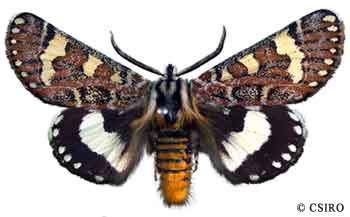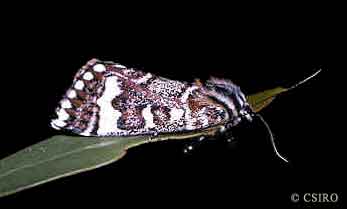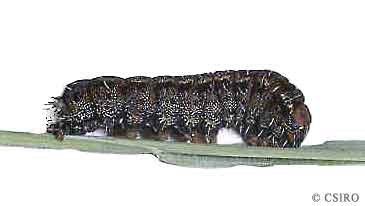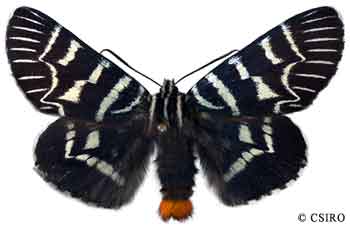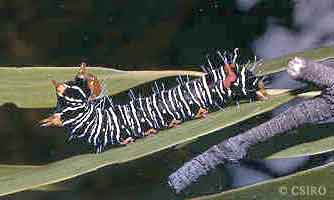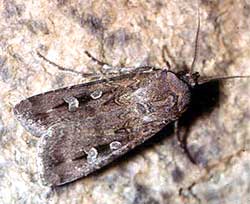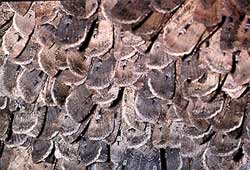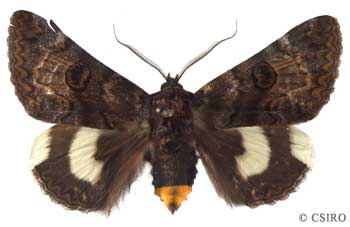
|
|
| ||||||||||||
|
The Noctuidae are sometimes known as owl moths, cutworms and armyworms. The name of this family is derived from the fact that the nocturnal species have eyes, which reflect light with an orange glow. This is a large family made up of species with a diverse range of characteristics and as such a general description is difficult. They are small to large moths with a wingspan ranging in size from 10 to 170 millimetres depending on the species. Most species are grey to brown in colour often with dark and light areas on the forewings. Most species are active at night and are commonly attracted to lights. However the subfamily Agaristinae consist of brightly coloured day flying species. The larvae of noctuids often have tufts of short bristles and may be brightly coloured. Most are foliage feeders and the voracious appetites of some species have led to them becoming serious agricultural pest of a wide variety of crops and earned them the names of armyworms and cutworms. This subfamily of moths consists of mostly medium sized species with bright colouring, predominantly in black and orange. Species in this subfamily are mostly day flying moths although one or two species are attracted to lights at night. Most fly rapidly during the day feeding at flowers and can be observed resting in the shade on the trunks of trees when temperatures are high. The larvae are similarly brightly coloured and feed openly on the food plants. Their colouring most likely denotes they are distasteful to potential predators, such as birds and are therefore able to feed in exposed situations.
This species is found over a wide area of southern Australia from southern Queensland to Victoria and Tasmania and across to South Australia and Western Australia. Adults are active during the day and can be observed flying close to the ground or low vegetation. Adults have a wingspan of 50 millimetres and show quite striking colouration on both wings and body.
The larvae are present during winter and spring feeding on broad-leafed herbaceous plants such as clover and capeweed. When fully mature the larvae excavate a vertical tunnel in the soil and pupates in a cell at the bottom.
The larvae of Comocrus behri are mainly black in colour with yellow or white bands ringing their body and feed on mistletoe. Subfamily: Noctuinae The members of this subfamily are characterised by having stoutly built bodies covered with long dense scales. The larvae, collectively known as cutworms are also stoutly built and feed on a wide variety of low growing plants. The name cutworm come from the habit the larvae have of cutting off plant parts during the night which they drag back to their burrows in the soil to feed on.
Subfamily:
Catocalinae
This subfamily of moths includes most of the largest species of Noctuids as well as some of the smallest. Many adults in this group are known as fruit piercing moths and are known to cause damage to citrus orchards. The larvae are long and slender and move with a semi-looper motion similar to Geometridae larvae. The larvae feed mostly on the leaves of shrubs and trees.
This large moth is predominantly brown in colour and has a wingspan of approximately 56 millimetres. It is widely distributed across central Australia and occurs throughout Queensland, New South Wales, South Australia and Western Australia. For more noctuid species visit the Australian Insect Common Names - Noctuidae section found here. |
